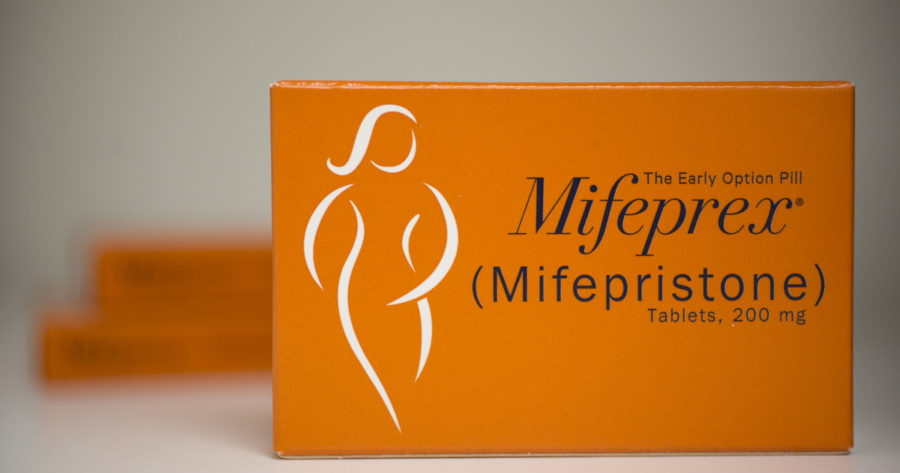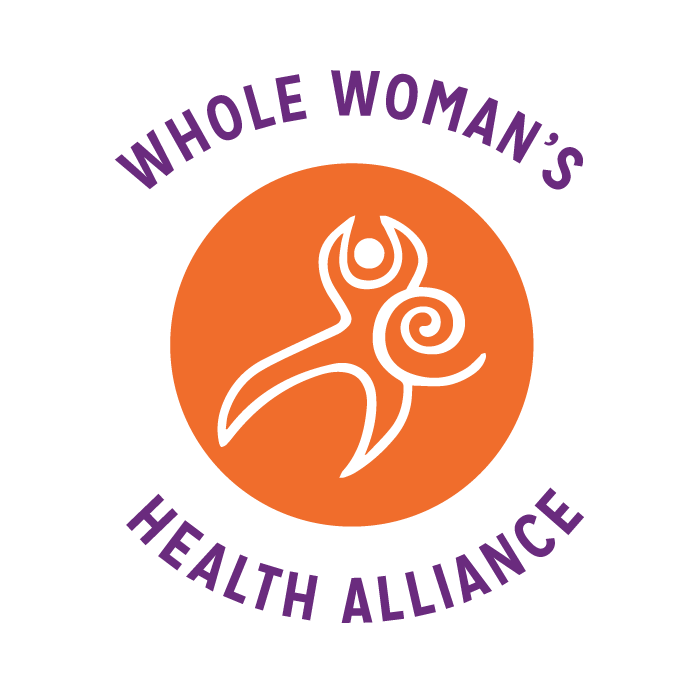Twenty years ago, I had been working at the National Abortion Federation for 2 ½ years. I was young, idealistic and passionate about the career I had embarked upon.
I remember the excitement of being involved in something like the launch of medication abortion in the United States. It had been used in Europe for years, but now we were going to be able to give patients another option. We were going to give patients further agency over their bodies and medical options – the option of safely and effectively ending a pregnancy in their own home.
We thought it would change the world. It did…and it didn’t.
It Did
Since the FDA approved Mifepristone for use in medication abortions, hundreds of thousands of pregnant people have successfully used the medication abortion regimen to safely end their pregnancies.
Medication abortion is over 98% effective and serious complications are rare, occurring in only .4% of cases. This is safer than taking a Tylenol.
Patients have been able to experience their abortion with the support of a partner, friend or family member. They have been able to experience their abortion in a place that makes them feel safe and comforted. They have been able to choose the time that best works with their schedules. They have even been able to protect themselves from incidents of domestic violence from an abusive partner or family member who didn’t agree with their decision, by presenting with what looks like a miscarriage.
Today, over 40% of patients choose medication abortion to end their pregnancies.
It Didn’t
As we prepared for the launch of medication abortion, we envisioned a country where any Ob/Gyn or family practice doctor’s office could provide it. We envisioned a country where patients would not have to walk through a gauntlet of angry protesters hurling hate at them, and where there would be far fewer arsons and bombings, because the extremists wouldn’t be able to target thousands of doctor’s offices the way they do the declining number of clinics.
We underestimated the strength and power of abortion stigma.
Abortion stigma in the medical profession has kept physicians from providing it for fear of being “outed” and potentially losing other patients, as well as justifiable fear for their safety and that of their families.
Access is also constrained due to FDA restrictions. Unlike other prescription medications, doctors must meet certain criteria and are required to register with the manufacturer. Then they must purchase it and stock it in the clinic instead of prescribing it to be picked up at a pharmacy. These restrictions make it untenable for many doctor’s offices to provide it.
Stigma and political ideology, rather than science, are the guiding forces behind these policies.
This recent letter to the FDA from a group of anti-abortion United States Senators, led by Ted Cruz, is a prime example. Despite the fact that Mifepristone is safer than even many over the counter medications (as cited above), the Senators demanded that Mifepristone be removed from the market, claiming it poses a “significant threat of danger.” The letter further makes the erroneous, dismissive and laughable claim that “pregnancy is not a life threatening illness.” In fact, the maternal mortality rate in the United States is horrendous, ranking at the bottom of similarly resourced countries.
A pregnant person is between 15-25 times more likely to die in childbirth than from having an abortion.
Today
At Whole Woman’s Health Alliance our mission is to provide abortion care in challenging environments like South Bend, Indiana, where the laws are so restrictive we can ONLY provide medication abortion. Twenty years later I am proud of the work we have done, and that we continue to fight on behalf of all people who deserve basic human rights and bodily autonomy. I’m also discouraged, tired, and angry that we have to. Despite how far we have come, we still have a long way to go.
Sharon Lau is the Midwest Advocacy Director for Whole Woman’s Health Alliance.

